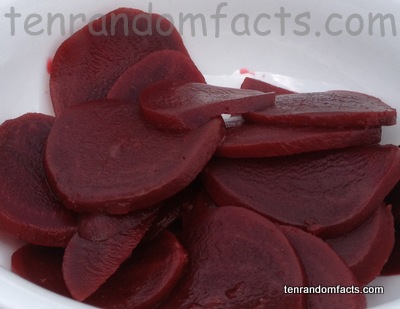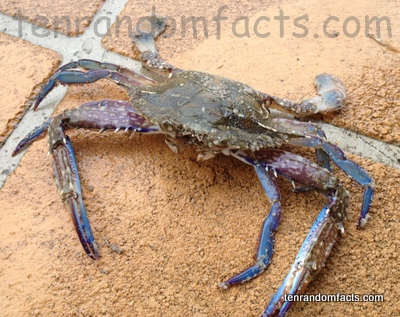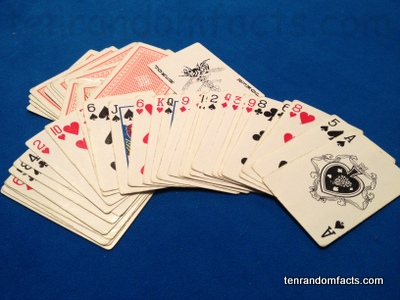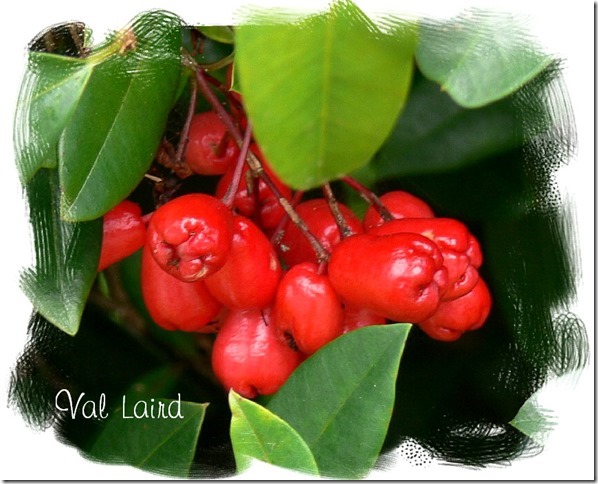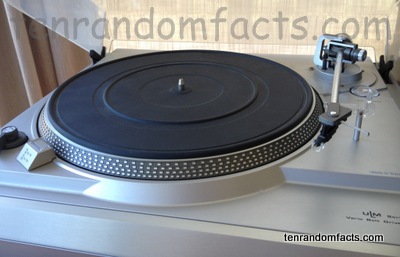
Some say it is ancient technology…
- Phonographs are also known as record players and gramophones.
- Phonographs are machines that are used to reproduce sound.
- Thomas Edison invented the phonograph in 1877.
- Thomas Edison’s phonograph could record and reproduce sound on a special cylindrical tinfoil sheet.
- Modern phonographs consist of a turntable and a needle or stylus, and are usually connected to an amplifier and speakers to project the sound. The record, a grooved vinyl disc, is placed on the turntable and the stylus travels in the grooves which causes vibrations, which in turn generates sound.
- The use of phonographs declined when compact discs (CDs) started being produced in the 1980s.
- The term ‘phonograph’ comes from two Greek words translated phonē and graphē meaning ‘sound’ and ‘writing’ respectively.
- The cost of phonographs ranged from $100 to $100,000.
- Thomas Edison used the phonograph inside toys, especially dolls, and as a dictating machine, to reduce the need of a stenographer.
- Cylinders were used on phonographs until the early 1900s, when the popularity of discs took over.
Bibliography:
Chang, P 2013 Infomation on the Phonograph, eHow Tech, <http://www.ehow.com/about_5076499_information-phonograph.html>
Phonograph, 2013 Wikipedia, <http://en.wikipedia.org/wiki/Phonograph>




